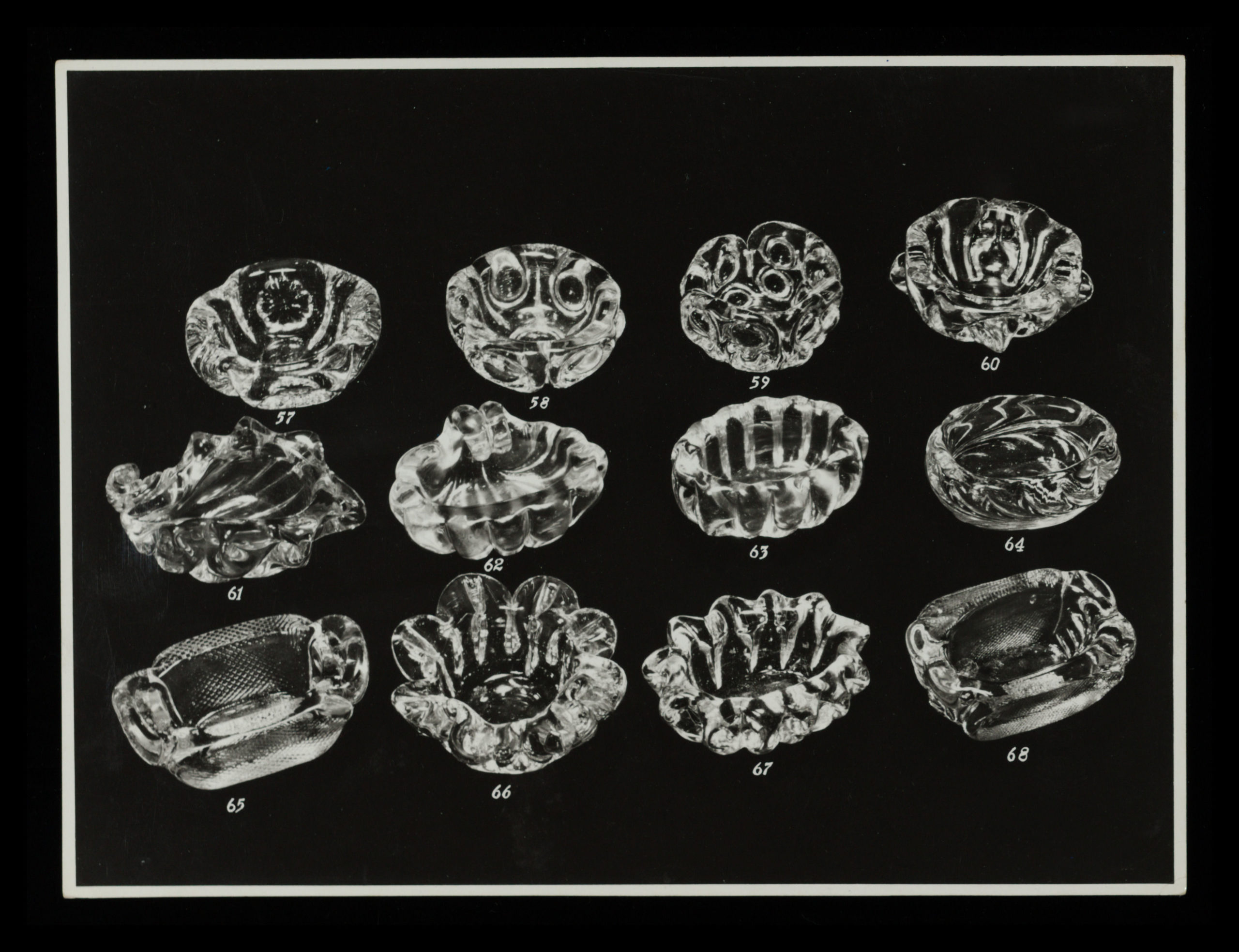
ARCHiVe for the Seguso Vetri d’Arte archive

The historic Seguso glass furnace became a company in 1933, a time of great innovation and plans for manufacturing developments.
The internationally recognised glassworks entered the contemporary art scene and began to export its creations worldwide. Major international museums bought Seguso art glass designed by Flavio Poli, such as the Victoria & Albert, London, the Landesgewerbemuseum, Stuttgart, the Neue Sammlung, Munich, the Royal Ontario Museum, Toronto, and the MoMA, New York.
Sold in 1972, the historic brand returned in 2008 to the Seguso family, which had continued to play an entrepreneurial role in the field of glass production. Seguso thus became one of the craft companies that have made Murano art glass a major artistic tradition in Venice, Italy and the rest of the world.
Donated to the Fondazione Cini in 2012 and held in the Centro Studi del Vetro, the Seguso Vetri d’Arte archive contains thousands of designs documenting the highly varied production of the artists and designers who collaborated with the glassworks from 1932 to 1972.
The corpus held at the Fondazione consists of 22,044 working drawings and sketches, 25,296 photographs and around 30 production catalogues divided between showroom catalogues (7 volumes, 1939-1971) with drawings of individual hand-made models, lighting production catalogues (19 volumes) and the Barbier order catalogues (5 volumes).
These precious materials have been ordered, described and digitised by the Glass Study Centre in the ARCHiVes laboratories and are available online together with the other digital archives of the Centro Studi del Vetro. ARCHiVe collaborated in the project by training the Centro Studi staff in the digitisation and post-production of the items; ARCHiVe also supported the Centro Studi del Vetro in the choices involved in the archival description of the collection.
Click here for the Seguso Vetri d’Arte online archive.
The main challenges during the digitisation phase were not only due to the great variety of the materials but also the types and material specificity of the items, especially delicate drawings.
During the photographic acquisition of the drawings, the effectiveness of the suction worktop was tested, a tool used in the ARCHiVe laboratories to smooth the materials in a controlled way, in order to reduce folds and creases and improve the readability of the documents for the duration of the shot.
Post-production also posed an interesting challenge for ARCHiVe staff: develop scripts to crop files automatically for the purpose of working with drawings on thin, semi-transparent paper or with irregular edges.
The scholarly coordination is managed by the Fondazione Cini Institute of Art History.
